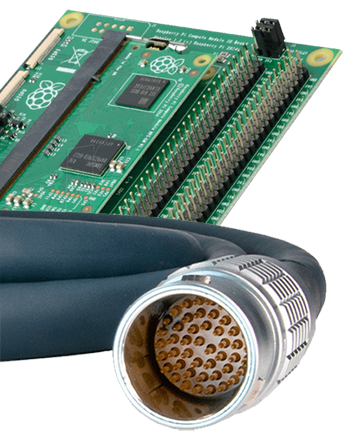
Terminal Excellence
Cable assemblies are groups of wires or smaller cables enclosed in a single tube of material in various arrangements and configurations. Through rounds of wire processing, assembling, and quality testing, every cable assembly that leaves PGF is fully functional and ready for use.
Tried and true assembly methods lead to growth in new machinery and new industries. Whether used in transportation, EV power, medical devices, or more, PGF’s commitment to remaining on the edge of technology keeps us ahead of the game.





















